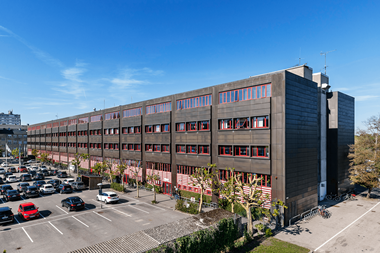Net migration from the east of Germany to the west of the country has stopped for the first time since reunification and has important implications for real estate markets, according to Quantum Immobilien.
In a new study based on 2012 figures, the German fund manager said certain eastern German cities have experienced a “leap in population figures” that were not forecast.
It said investors had “underestimated” the investment potential in eastern Germany over the past two decades – especially because of negative developments in the wake of the reunification in 1989 – but they were now “increasingly showing interest”.
Eastern cities with good universities and job opportunities, including technology sectors, were the main beneficaries of the changes in population flows, it said.
Rural areas and cities with poor infrastructure and employment and educational opportunities were still seeing major population outflows, putting further pressure on already weak rental markets.
According to Quantum, the “main winners” are cities like Leipzig, Potsdam, Jena or Dresden.
The four cities and other urban centres with similarly positive “fundamental data” showed “healthy residential market constellations with investment potential”, the researchers noted.















